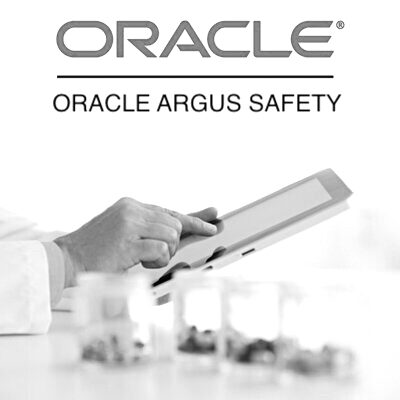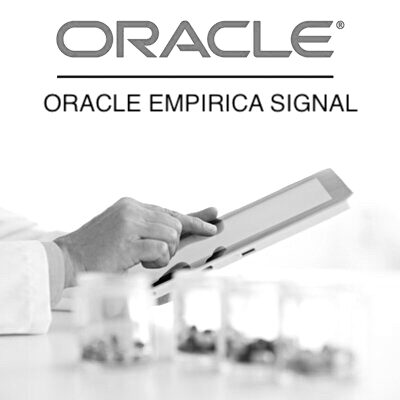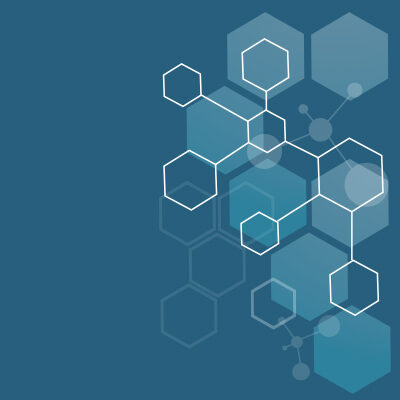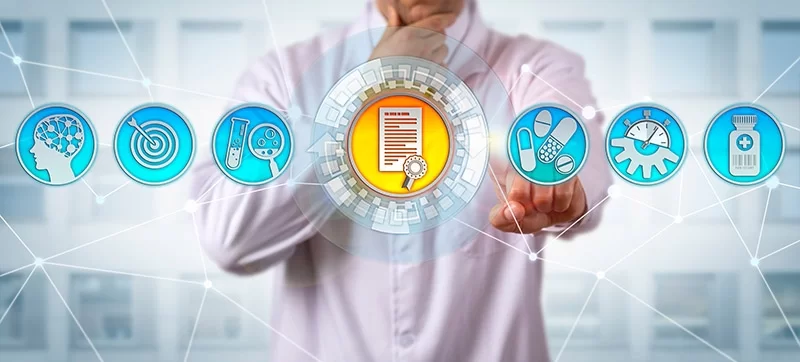Pharmacovigilance Data management and Eudravigilance
Table of Contents
- The Pillars of Drug Safety: Pharmacovigilance Data Management and EudraVigilance
- Pharmacovigilance: Safeguarding Lives
- Data Management in Pharmacovigilance
- EudraVigilance: The European Perspective
- Challenges in Pharmacovigilance Data Management
- The Future of Pharmacovigilance
- Oracle Argus Safety Essentials
- Oracle Argus Safety Essentials + Console
- Oracle Argus Safety – Live Online
- Oracle Argus Safety + Console – Live Online
- Oracle Empirica Signal
- Oracle Empirica Signal – Live Online
- Diploma in Pharmacovigilance
- Argus Safety – Business Configuration and Administration
The Pillars of Drug Safety: Pharmacovigilance Data Management and EudraVigilance
In today’s fast-paced world, pharmaceutical companies are constantly striving to develop new drugs and therapies to improve human health. However, with innovation comes responsibility, especially when it comes to the safety of these medications. This responsibility falls under the domain of pharmacovigilance, a critical field within the pharmaceutical industry. In this blog post, we will delve into the world of pharmacovigilance data management and explore the role of EudraVigilance in ensuring the safety of medicinal products.
Pharmacovigilance: Safeguarding Lives
Pharmacovigilance is the science and activities related to the detection, assessment, understanding, and prevention of adverse effects or any other drug-related problems. Its primary goal is to ensure that the benefits of a medicinal product outweigh its risks, making medications safer for the public.
Data Management in Pharmacovigilance
At the heart of pharmacovigilance lies data management. Efficient data collection, analysis, and interpretation are vital for identifying and mitigating potential risks associated with drugs. Here are some key aspects of pharmacovigilance data management:
1. Data Collection: Pharmacovigilance relies on the collection of data from various sources, including healthcare professionals, patients, regulatory agencies, and pharmaceutical companies themselves. Adverse event reports, product complaints, and patient medical records are primary sources of information.
2. Data Processing: Once collected, the data undergoes rigorous processing. This includes data entry, coding, and classification to ensure that the information is structured and standardized for analysis.
3. Signal Detection: Data analysts use statistical and epidemiological techniques to identify “signals” in the data. A signal is an indication of a potential safety concern associated with a drug. Signals trigger further investigation.
4. Data Analysis and Evaluation: Detailed analysis and evaluation of potential safety concerns help regulatory authorities and pharmaceutical companies decide whether further action is necessary. This may include revising product labeling, conducting additional studies, or even withdrawing the drug from the market.
5. Reporting: Pharmacovigilance agencies like the FDA (Food and Drug Administration) in the United States and the EMA (European Medicines Agency) in Europe require the submission of periodic safety reports by pharmaceutical companies. These reports summarize the safety profile of a drug and provide updates on ongoing monitoring and risk assessment.
EudraVigilance: The European Perspective
EudraVigilance is a vital component of the pharmacovigilance landscape, particularly in Europe. It is the European Medicines Agency’s (EMA) system for collecting, managing, and analyzing information on suspected adverse reactions to medicines authorized in the European Economic Area (EEA).
1. Data Sharing and Collaboration: EudraVigilance enables the sharing of pharmacovigilance data across EEA countries, promoting collaboration in monitoring the safety of medicinal products. This collaborative approach enhances the detection of potential safety issues.
2. ICSR Management: EudraVigilance plays a central role in managing Individual Case Safety Reports (ICSRs). These reports contain detailed information about adverse events associated with specific medicines. The system processes, evaluates, and stores ICSRs, making them accessible to relevant stakeholders.
3. Signal Detection and Assessment: EudraVigilance employs advanced algorithms and data mining techniques to detect potential safety signals. These signals trigger in-depth assessments, including root cause analysis and evaluation of the available evidence.
4. Supporting Regulatory Decision-Making: The data collected and analyzed by EudraVigilance contribute to regulatory decision-making in the EEA. If safety concerns arise, regulatory authorities can take appropriate actions, such as updating product labeling or restricting the use of a medication.
5. Transparency: EudraVigilance promotes transparency by providing access to its database for healthcare professionals, researchers, and the public. This transparency helps build trust in the regulatory process and fosters a better understanding of drug safety.
Challenges in Pharmacovigilance Data Management
While pharmacovigilance and systems like EudraVigilance have made significant strides in ensuring drug safety, several challenges persist:
1. Data Quality: Ensuring the accuracy and completeness of pharmacovigilance data is an ongoing challenge. Incomplete or inaccurate data can lead to incorrect safety assessments.
2. Data Volume: With the increasing number of medications on the market, the volume of pharmacovigilance data continues to grow. Managing and analyzing this vast amount of information requires advanced data management techniques and resources.
3. Signal Specificity: Distinguishing between true safety signals and noise in the data can be challenging. It requires sophisticated statistical methods and expertise.
4. Global Coordination: As pharmaceutical products are often distributed globally, pharmacovigilance efforts must extend beyond national borders. Coordinating data and safety assessments internationally is complex but necessary.
The Future of Pharmacovigilance
Pharmacovigilance and systems like EudraVigilance are continuously evolving to meet the demands of a changing pharmaceutical landscape. Here are some future trends and developments to watch for:
1. Real-World Data: The use of real-world data, including electronic health records and social media monitoring, will become more prevalent in pharmacovigilance. These sources can provide valuable insights into drug safety.
2. Artificial Intelligence (AI): AI and machine learning algorithms will play an increasing role in signal detection and data analysis, improving the efficiency and accuracy of pharmacovigilance processes.
3. Global Harmonization: Efforts to harmonize pharmacovigilance regulations and standards worldwide will enhance the consistency and effectiveness of drug safety monitoring.
4. Patient-Centered Approach: Involving patients in pharmacovigilance activities, including reporting adverse events, will become more common, empowering patients to take an active role in their healthcare.
In conclusion, pharmacovigilance data management and systems like EudraVigilance are essential pillars of drug safety. They ensure that medicinal products remain safe and effective throughout their lifecycle. As the pharmaceutical industry continues to advance, so too must pharmacovigilance practices to meet the evolving challenges and opportunities in safeguarding public health. With continued innovation and collaboration, the future of pharmacovigilance holds the promise of even safer medications for everyone.
You may be interested in…
-
 eLearning + software
eLearning + softwareOracle Argus Safety Essentials
$599.00 -
 eLearning + software
eLearning + softwareOracle Argus Safety Essentials + Console
$799.00 -
 Live Online
Live OnlineOracle Argus Safety – Live Online
$999.00 -
 Live Online
Live OnlineOracle Argus Safety + Console – Live Online
$999.00 -
 eLearning + software
eLearning + softwareOracle Empirica Signal
$599.00 -
 Live Online
Live OnlineOracle Empirica Signal – Live Online
$999.00 -
 eLearning + software
eLearning + softwareDiploma in Pharmacovigilance
$799.00 -
 eLearning + software
eLearning + softwareArgus Safety – Business Configuration and Administration
$599.00

